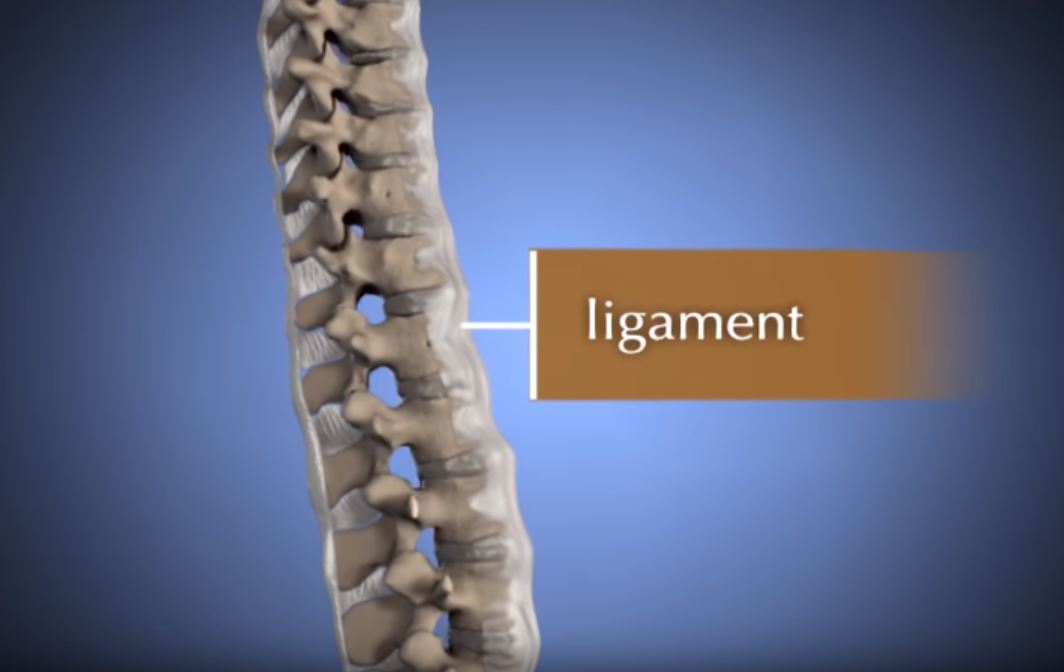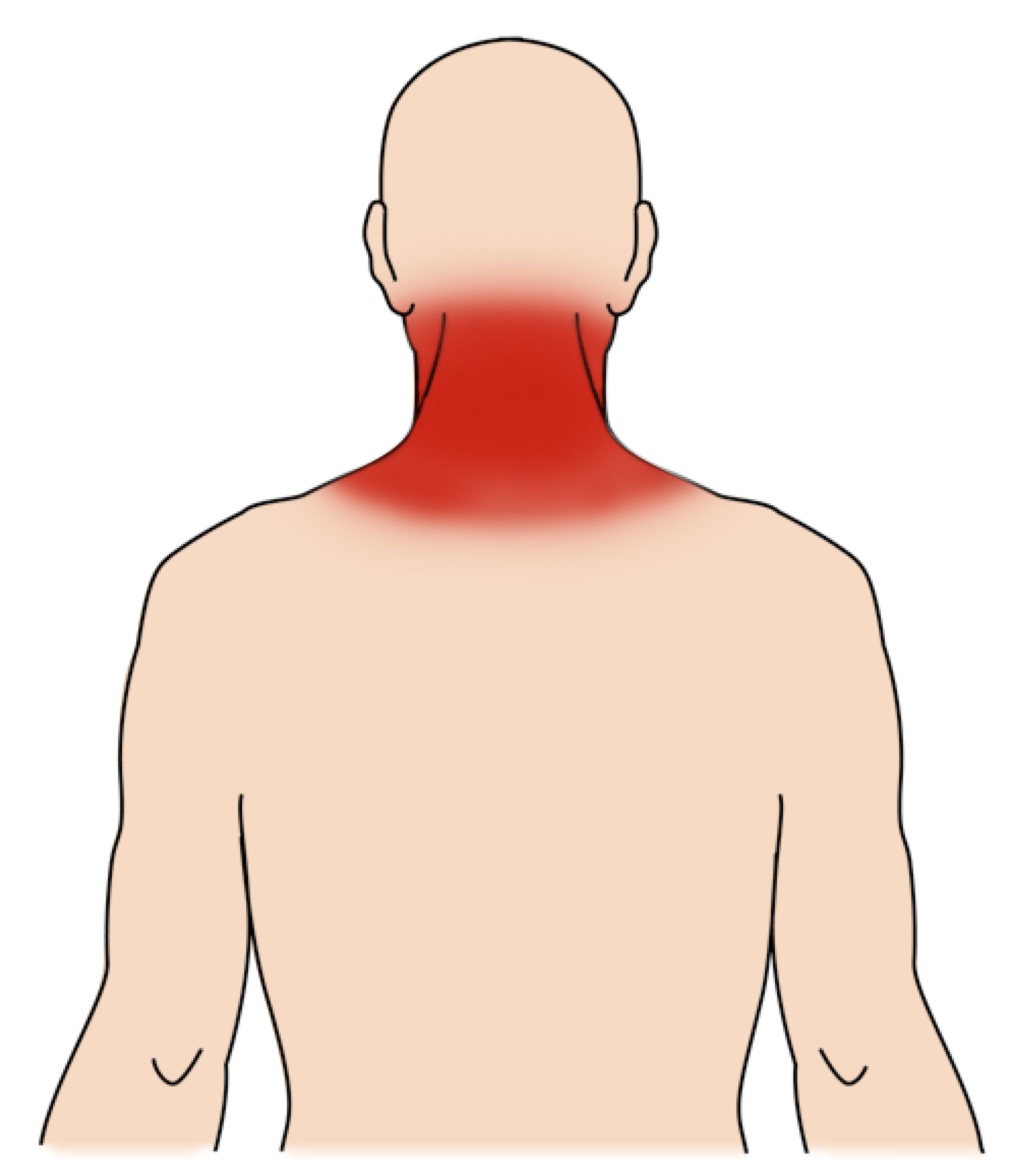Diseases & Conditions
Neck Sprains and Strains
A sprain of the ligaments or strain of the muscles in the neck can occur after an injury where the neck is bent or rotated (turned/twisted) in an abnormal way.
Pain from a neck sprain, which can be mild or severe, does not always appear right away; you may not start to experience symptoms until hours after the injury, or even the next day. That is why you should see a doctor after a neck injury to get an evaluation even if you feel fine.
Anatomy
The seven bones of the spinal column in your neck (cervical vertebrae) are connected to each other by ligaments and muscles — strong bands of tissue that act like thick rubber bands. The muscles and ligaments help stabilize the bones while the intervertebral discs act as shock absorbers, cushioning the spine during movement.
Cause
A sprain (stretch) or strain can occur in one or more of the soft tissues when a sudden movement, such as a motor vehicle collision or a hard fall, causes the neck to bend or twist to an extreme position.
One example is “whiplash,” an injury caused by the neck moving (whipping) rapidly back-and-forth, commonly seen after rear-end vehicle collisions.
Symptoms
A person with a neck sprain may experience a wide range of possible symptoms, including:
- Pain, especially in the back of the neck, that worsens with movement
- Pain that peaks a day or so after the injury, instead of immediately
- Muscle spasms and pain in the upper shoulder
- Headache in the back of the head
- Increased irritability, fatigue, difficulty sleeping, and difficulty concentrating
- Numbness in the arm or hand
- Neck stiffness or decreased range of motion (side to side, up and down, and/or circular)
- Tingling or weakness in the arms
Warning Signs
Some symptoms may indicate a more serious neck injury. You should seek immediate medical attention if you have neck pain that is:
- Consistent (you feel it all the time) and persistent (it does not go away or lessen over time)
- Severe pain that is not relieved by over-the-counter pain medication
- Accompanied by pain that radiates (shoots) down the arms and legs
- Accompanied by a headache and numbness, tingling, or weakness in the arms and legs
Doctor Examination
Physical Examination
To diagnose a neck sprain, your doctor will perform a comprehensive physical examination. During the examination, your doctor will:
- Ask you how the injury occurred
- Test the range of motion of your neck
- Check for any point tenderness
Imaging Tests
X-rays. X-rays provide images of dense structures, such as bone. A neck sprain or strain cannot be seen on X-ray since it involves soft tissues (ligaments and muscles), but your doctor may order one to help rule out other, more serious, sources of neck pain — such as a spinal fracture, dislocation, or arthritis.
Other imaging tests. In certain cases, your doctor may order a computerized tomography (CT) scan or a magnetic resonance imaging (MRI) scan to provide more information about your injury.
Treatment
All sprains or strains, no matter where they are located in the body, are treated in a similar manner. These neck injuries will usually heal gradually, given time and appropriate treatment:
- You may have to wear a soft collar around your neck to help support the head and relieve pressure on the ligaments so they have time to heal.
- Pain relievers such as aspirin, acetaminophen, ibuprofen, or naproxen can help reduce the pain and any swelling.
- Muscle relaxants can help ease spasms.
- You can apply an ice pack for 15 to 30 minutes at a time, several times a day for the first 2 or 3 days after the injury. This will help reduce inflammation and discomfort. Do not apply ice directly to the skin; use a towel or ice pack to avoid direct contact.
- Although heat, particularly moist heat, can help loosen cramped muscles, it should not be applied for longer than 20 minutes at a time.
Other treatments may be helpful as your injury starts to improve. However, these treatments should not be started without the supervision of your doctor. They include:
- Massaging the tender area
- Ultrasound therapy
- Cervical (neck) traction
- Aerobic and isometric exercise (resistance exercises that contract, or tighten, muscles without movement)
- Formal physical therapy
Recovery
Most symptoms of neck sprain or strain will go away in 4 to 6 weeks. However, severe injuries may take longer to heal completely.
If you injure your neck during athletic competition, you may not return to sport until your symptoms have resolved (gone away completely) and you have received clearance from your doctor.
Contributed and/or Updated by
Peer-Reviewed by
AAOS does not endorse any treatments, procedures, products, or physicians referenced herein. This information is provided as an educational service and is not intended to serve as medical advice. Anyone seeking specific orthopaedic advice or assistance should consult his or her orthopaedic surgeon, or locate one in your area through the AAOS Find an Orthopaedist program on this website.








